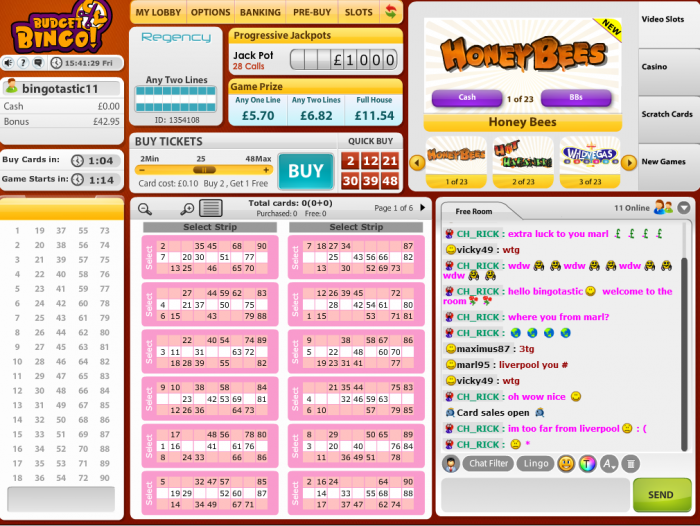

2 concerns the sustainability of government debt levels, which have risen due to Australia’s fiscal response to the pandemic.


The central bank can keep interest rates at historically low levels without triggering a dangerous spike in inflation. It validates the Reserve Bank’s view that both aggressive monetary and fiscal stimulus are required to revitalise the economy. What this highlights is the absence of significant inflationary pressures in the economy. This, as the bureau notes, is “the lowest annual movement on record” for the March quarter. Using the commonly accepted measure known as the “trimmed mean” – which strips out short-term fluctuations by trimming away the largest upward and downward movements – underlying inflation rose by just 1.1% over the past year. 1 is the inflation figure for the first quarter of 2021, published by Australian Bureau of Statistics this week. “It’s difficult to make predictions,” the saying goes, “ especially about the future.” The many predictions federal budgets make about the economy over the coming four years must therefore be taken with a large grain of salt.īut in the lead-up to the 2021 budget (to be announced by Treasurer Josh Frydenberg on May 11) three notable economic facts, about which no speculation is required, loom large.


 0 kommentar(er)
0 kommentar(er)
